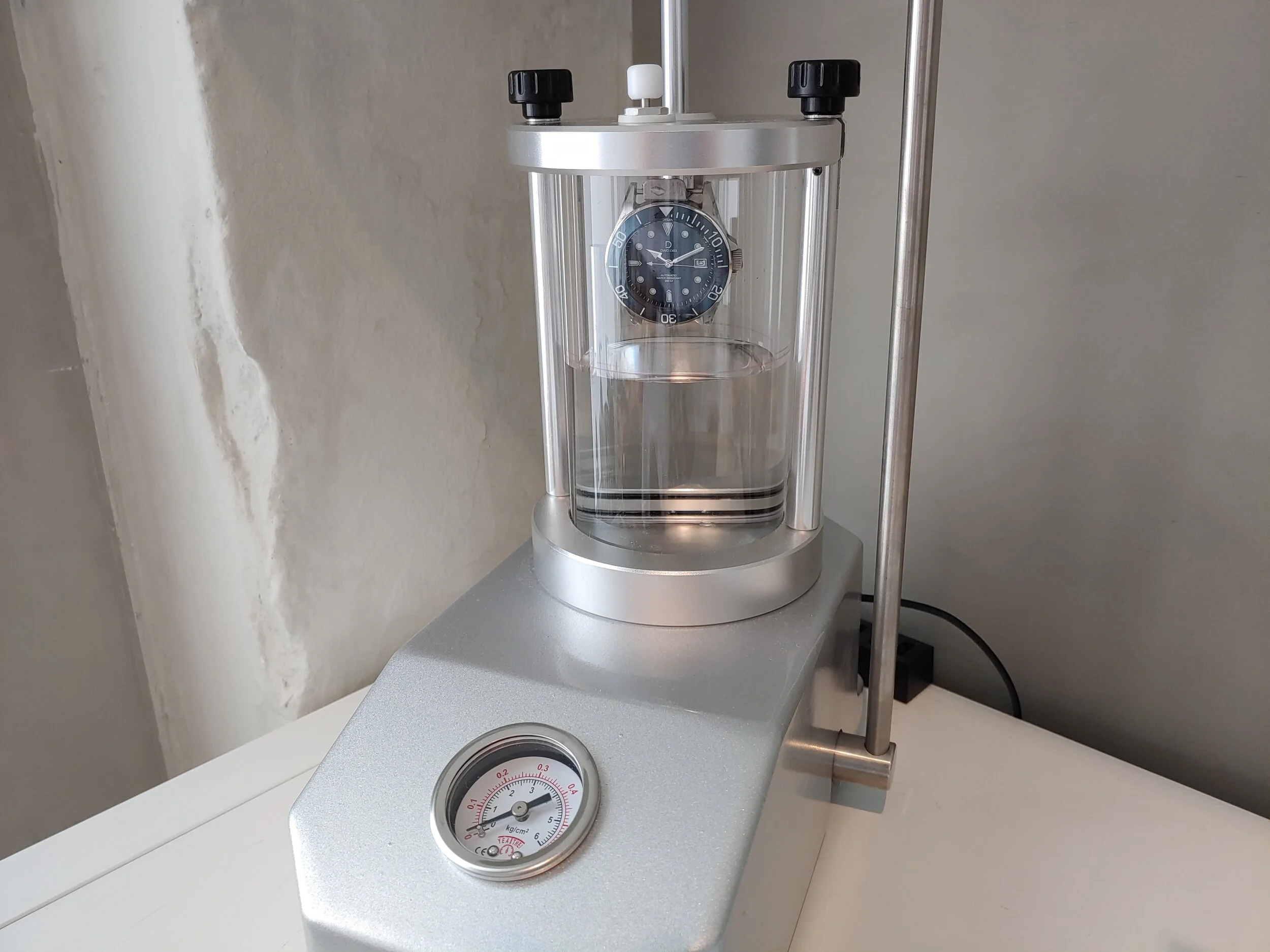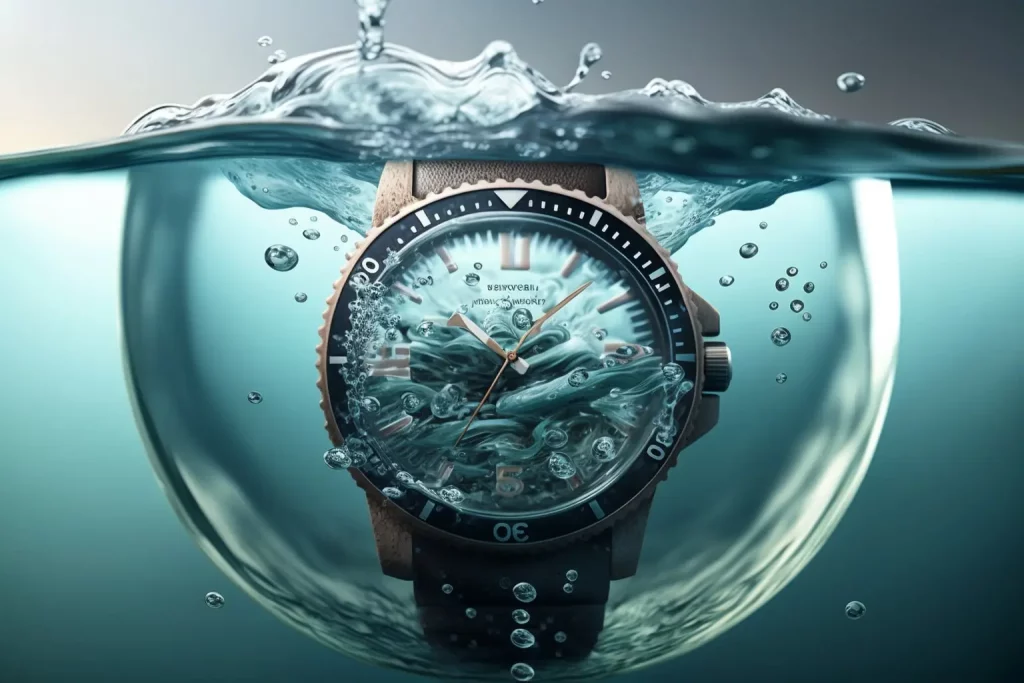How do you know if your favorite gadgets are safe to use in water? Have you ever looked at the label on your smartwatch, fitness tracker, or even your phone and seen a number followed by “ATM”? What does that even mean?
Let’s dive in and explore this perplexing topic together!
What is ATM?
ATM stands for “atmospheres,” which is a measure of pressure. One atmosphere is the average atmospheric pressure at sea level, which is about 14.7 pounds per square inch (psi).
When a device is labeled as water-resistant, the ATM rating indicates the amount of pressure it can withstand without letting water in. Essentially, it’s a measure of how deep the device can go underwater without getting damaged.
How is ATM calculated?
The calculation of ATM rating is a bit complex. To measure it, a device is placed in a chamber that is filled with water. The water is then gradually pressurized until it reaches the intended ATM level.

The device is left in the chamber for a set period of time to ensure that it remains water-resistant throughout the testing period. The ATM rating is then determined based on the amount of pressure the device can withstand before water starts to seep in.
To learn more about this technique read the article “Water Resistance Test Done Properly“.
What do different ATM ratings mean?
ATM ratings vary depending on the device and its intended use. For example, a smartwatch that is designed for swimming might have a higher ATM rating than a fitness tracker that is only water-resistant for handwashing. Here’s a breakdown of what different ATM ratings mean:
- 1 ATM: This means the device can withstand pressure equivalent to being submerged in 10 meters of water. This is generally only suitable for splashes of water or light rain.
- 3 ATM: This rating means the device can withstand pressure equivalent to being submerged in 30 meters of water. It’s suitable for swimming and snorkeling but not for diving.
- 5 ATM: With a rating of 5 ATM, the device can withstand pressure equivalent to being submerged in 50 meters of water. This is suitable for swimming, snorkeling, and light diving.
- 10 ATM: This rating means the device can withstand pressure equivalent to being submerged in 100 meters of water. It’s suitable for most water sports, including scuba diving.
- 20 ATM or higher: These ratings are suitable for professional divers and can withstand the pressure of deep-sea diving.
The ISO 22810:2010 (International Organization for Standardization)
For testing and labeling water-resistant devices, it is called the ISO 22810:2010 standard. This standard provides guidelines for manufacturers to test and label their devices for water resistance.
The ISO standard defines three levels of water resistance:
- Water-resistant: Devices with this label can withstand splashes of water, but cannot be submerged in water. The standard requires that the device be able to withstand a pressure of 3 ATM.
- Water-resistant to 50 meters: This label indicates that the device can withstand a pressure of 5 ATM and is suitable for swimming, snorkeling, and light diving.
- Diver’s watch: This label is only for watches and indicates that the device is suitable for scuba diving. It must be able to withstand a pressure of at least 10 ATM and must have additional features to ensure that it can be used safely while diving.
The ISO standard also provides guidelines for testing the water resistance of devices, including the use of water pressure chambers and specific testing procedures. This ensures that devices are tested and labeled consistently across different manufacturers.
It’s important to note that while the ISO standard provides a guideline for testing and labeling water-resistant devices, it’s ultimately up to the manufacturer to test and label their products correctly.
Conclusion
Understanding the meaning of ATM ratings is essential for anyone who wants to take their gadgets underwater. It’s essential to know the limitations of your device before subjecting it to water pressure.
Knowing the ATM rating can save you from potential damage and ensure that you can enjoy your water activities worry-free.
Reference
Atmospheric pressure – Wikipedia. (2022, March 19). Link to resource





